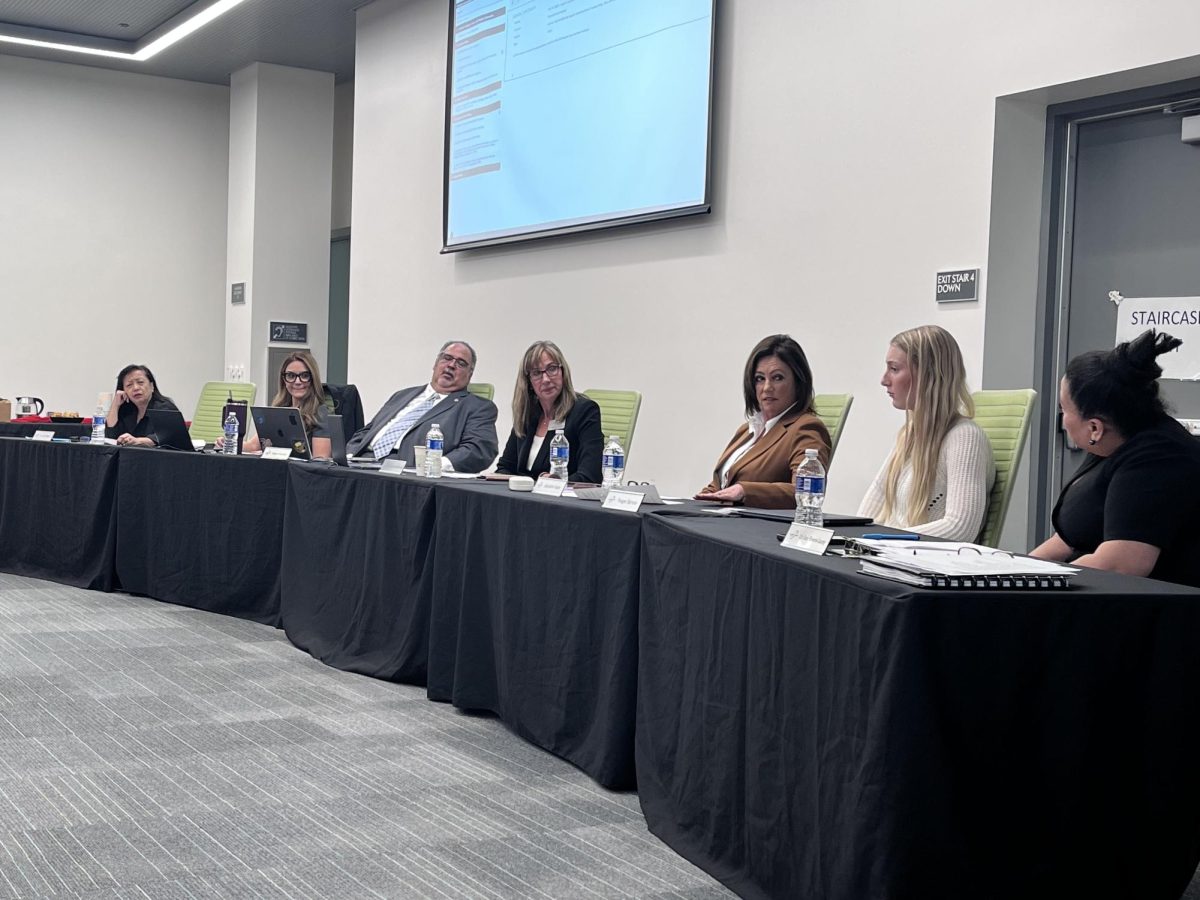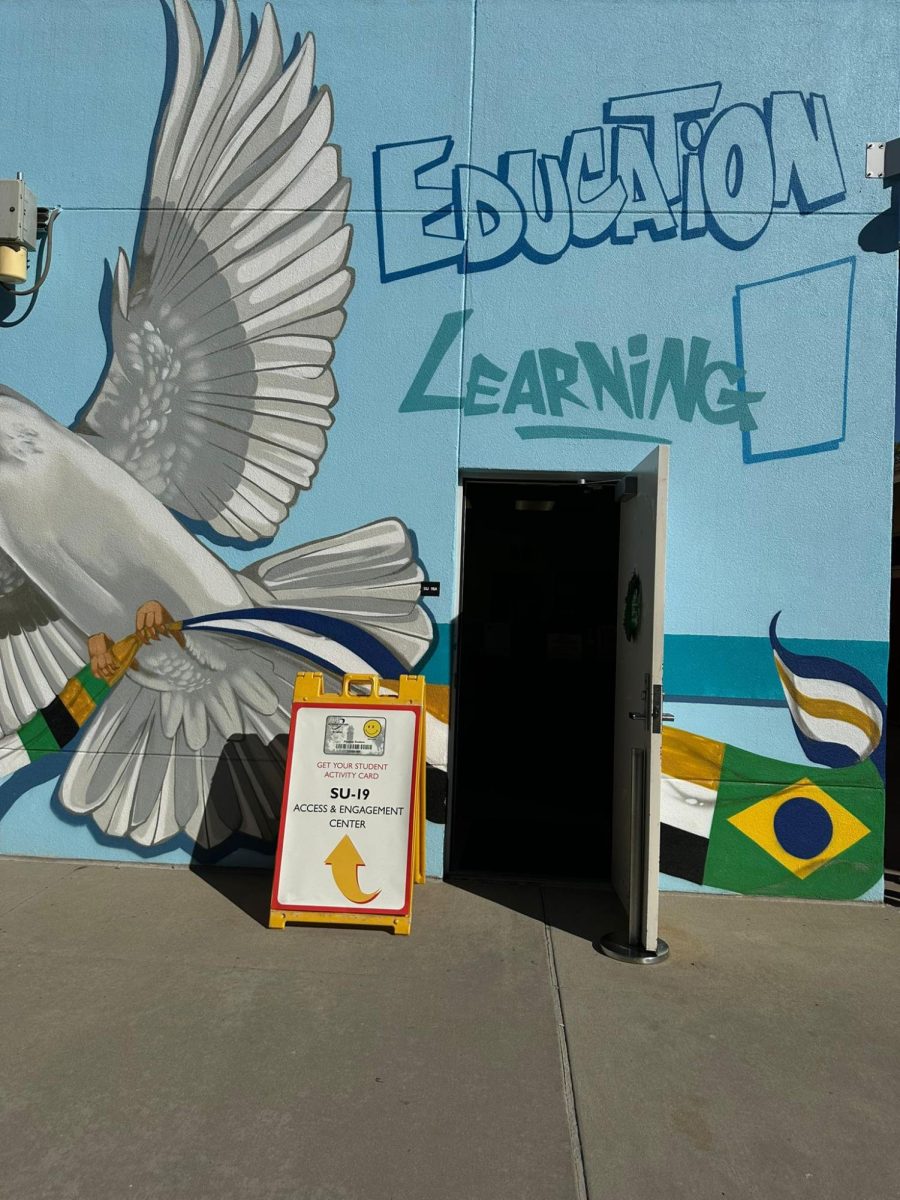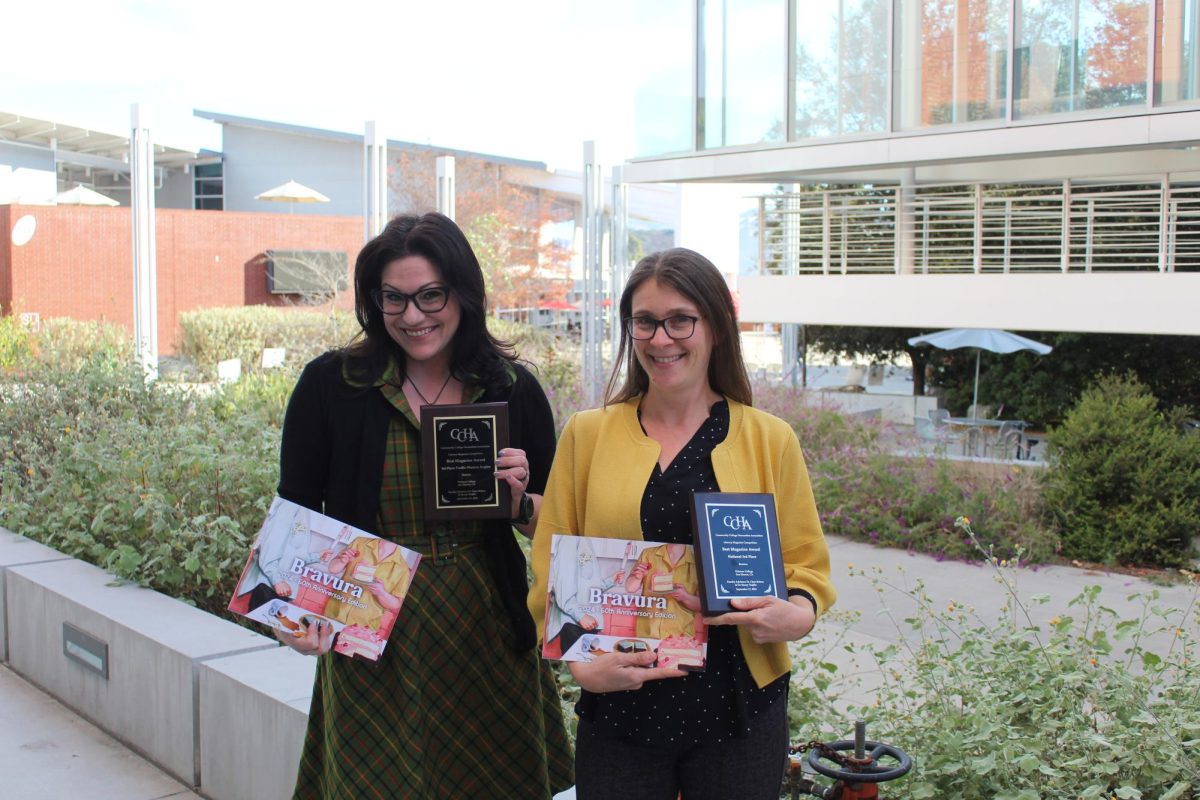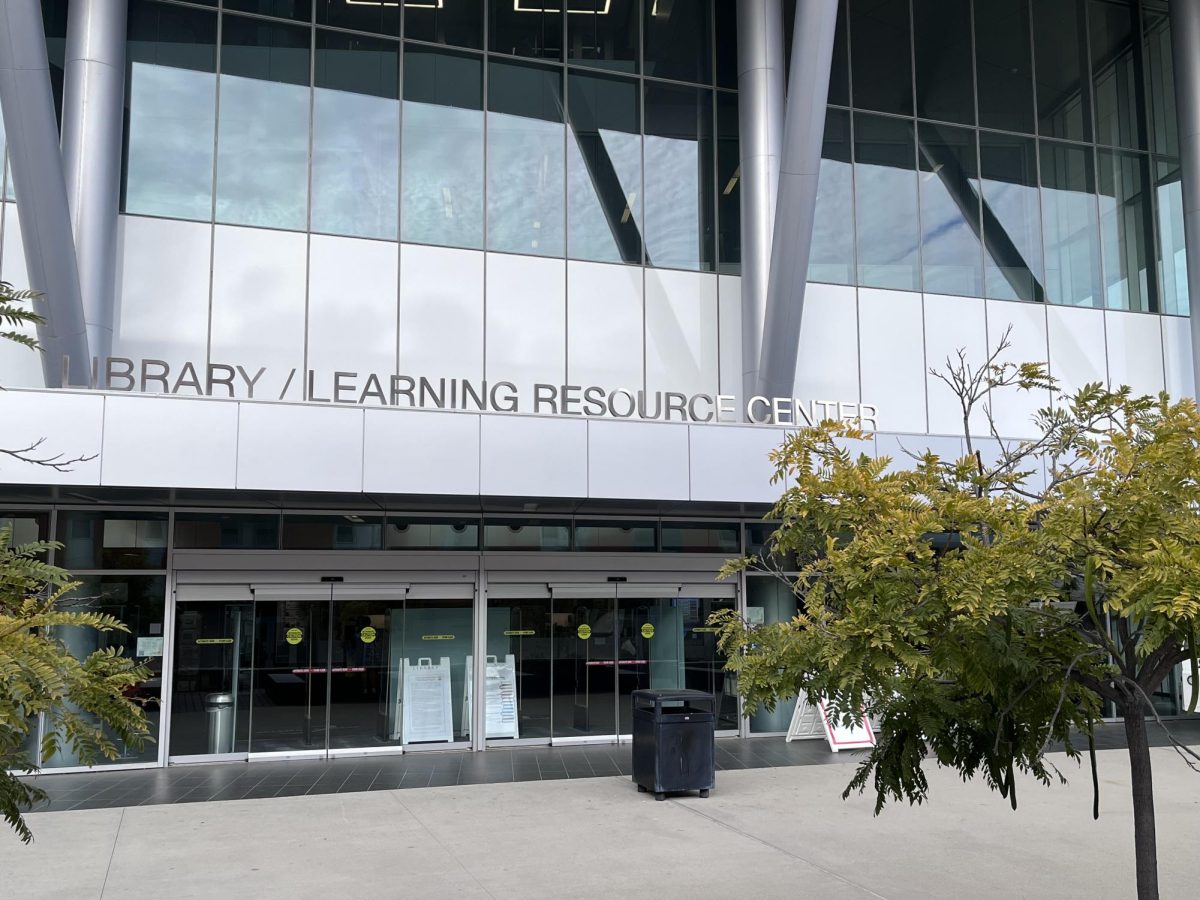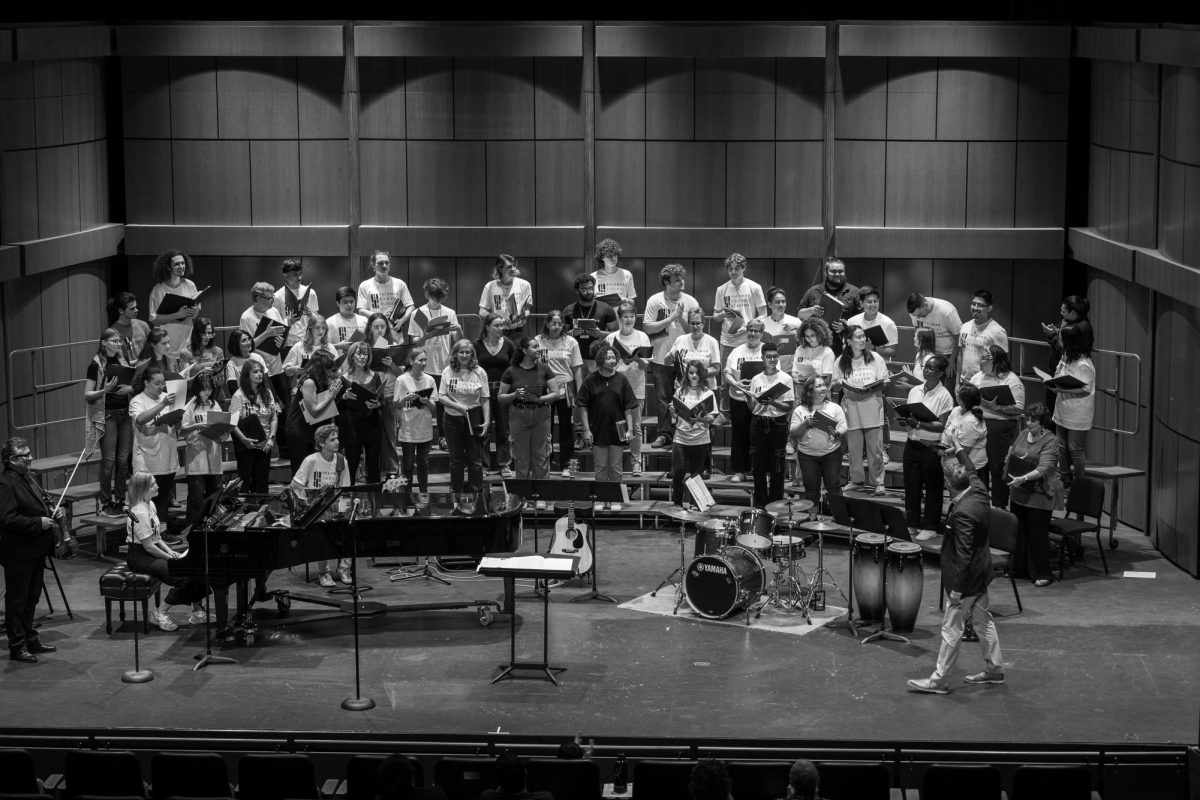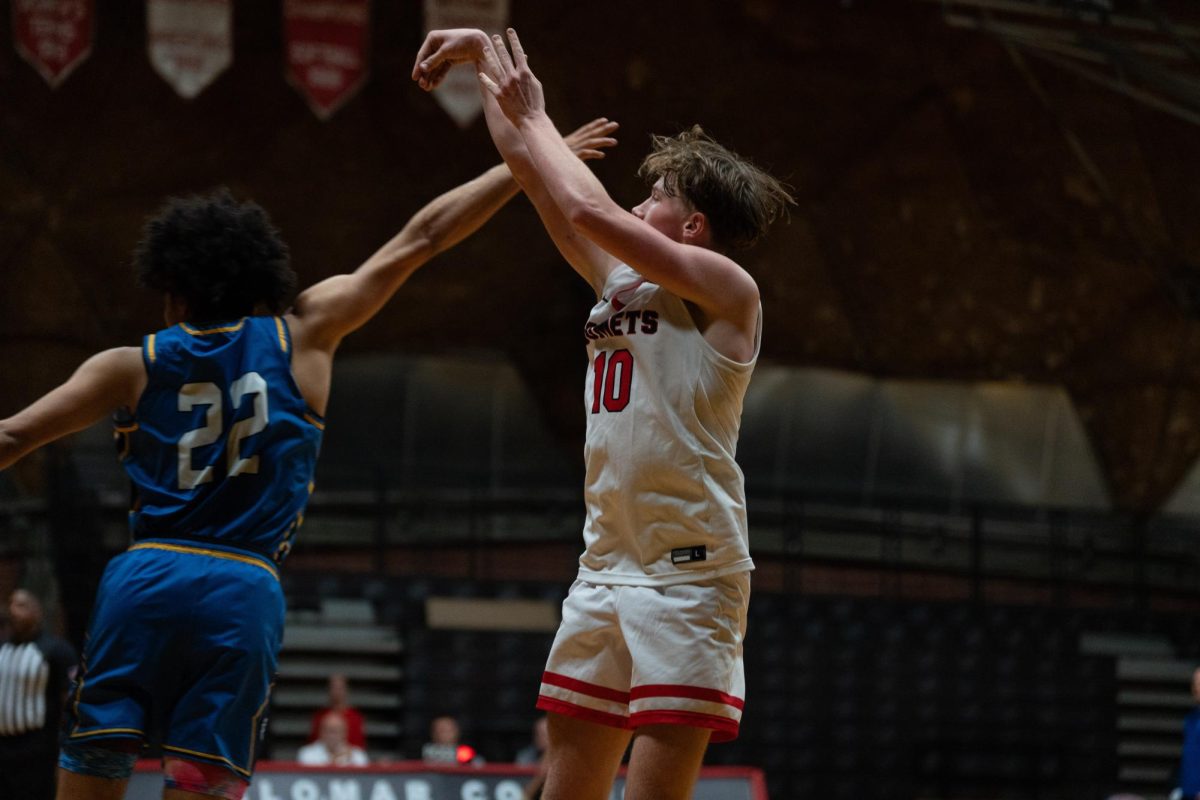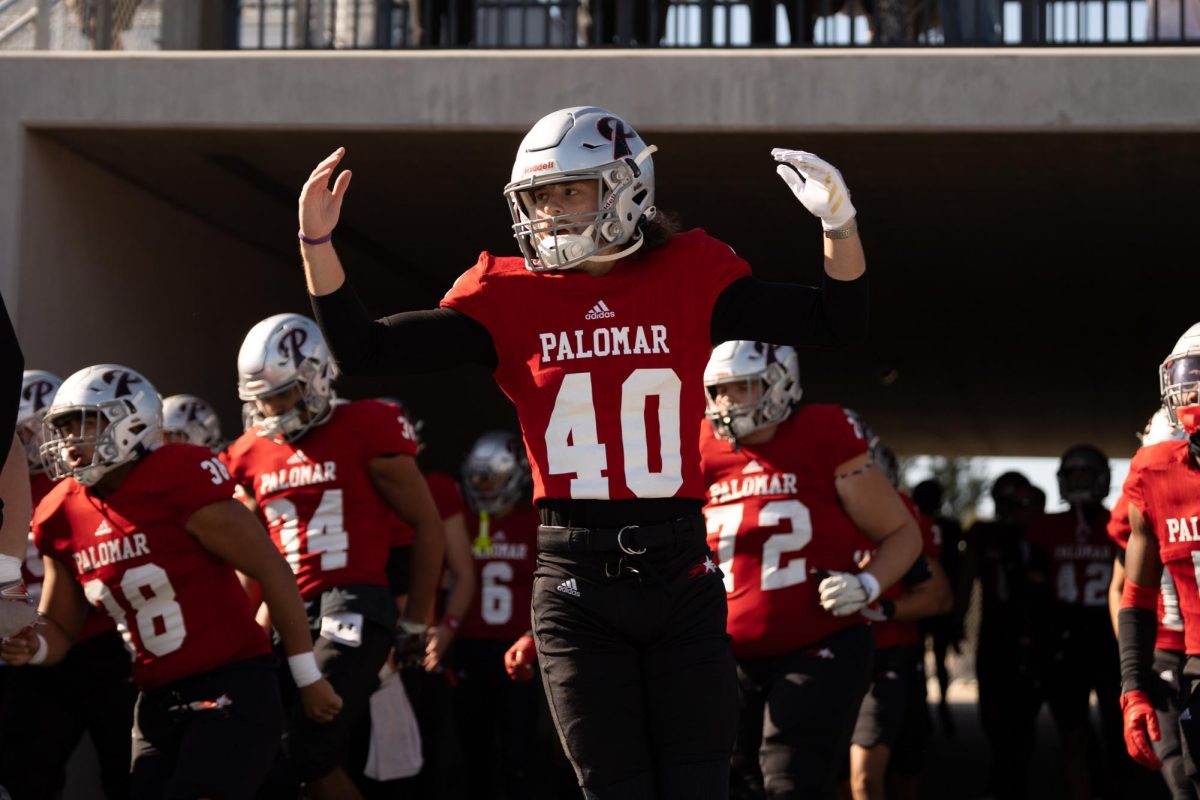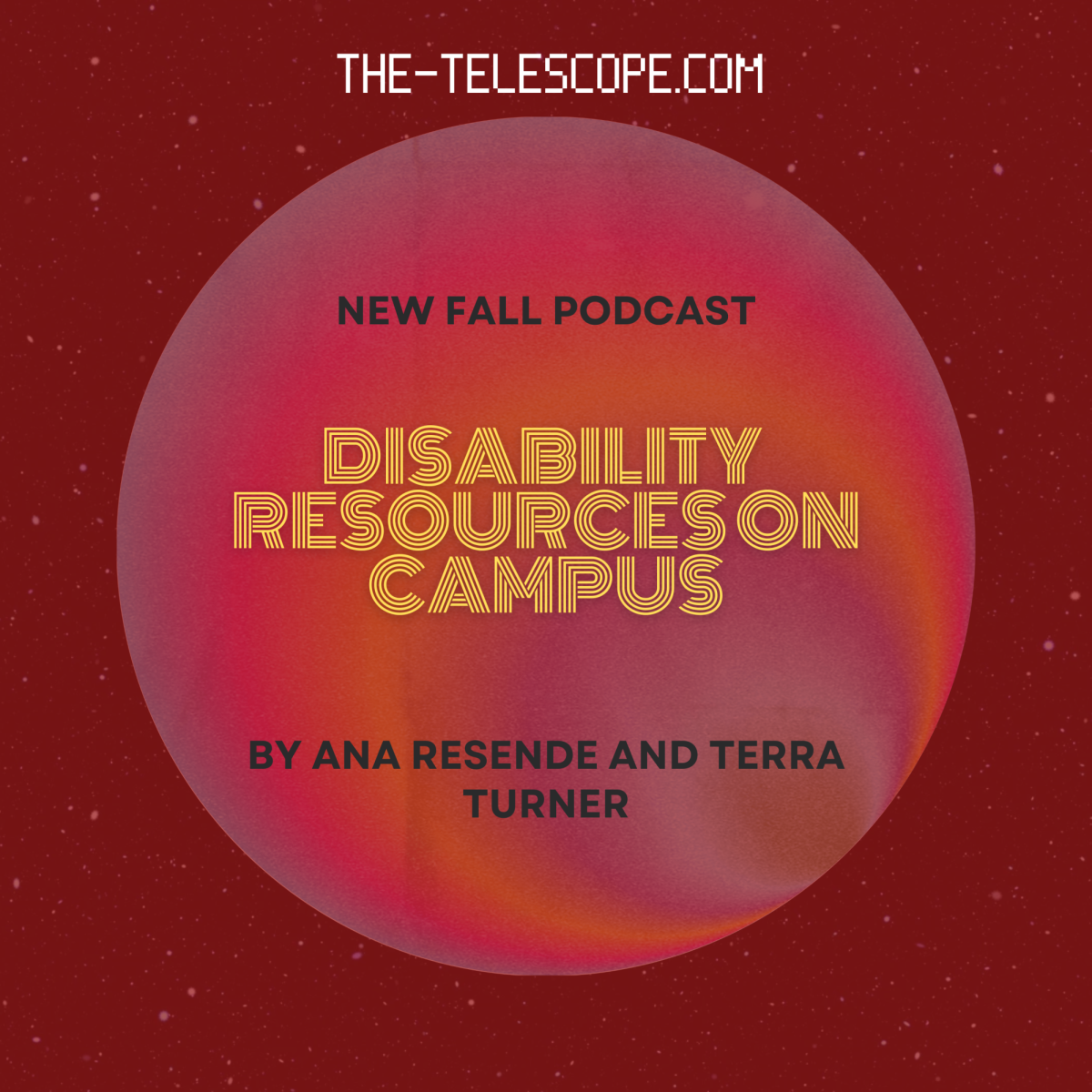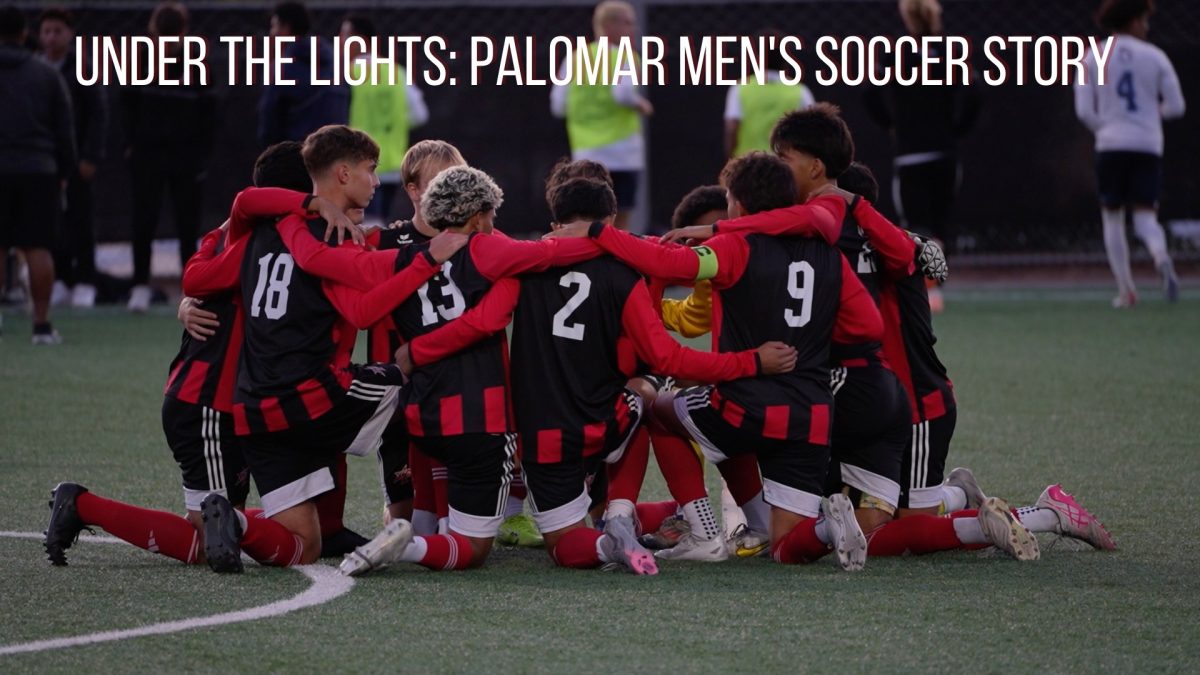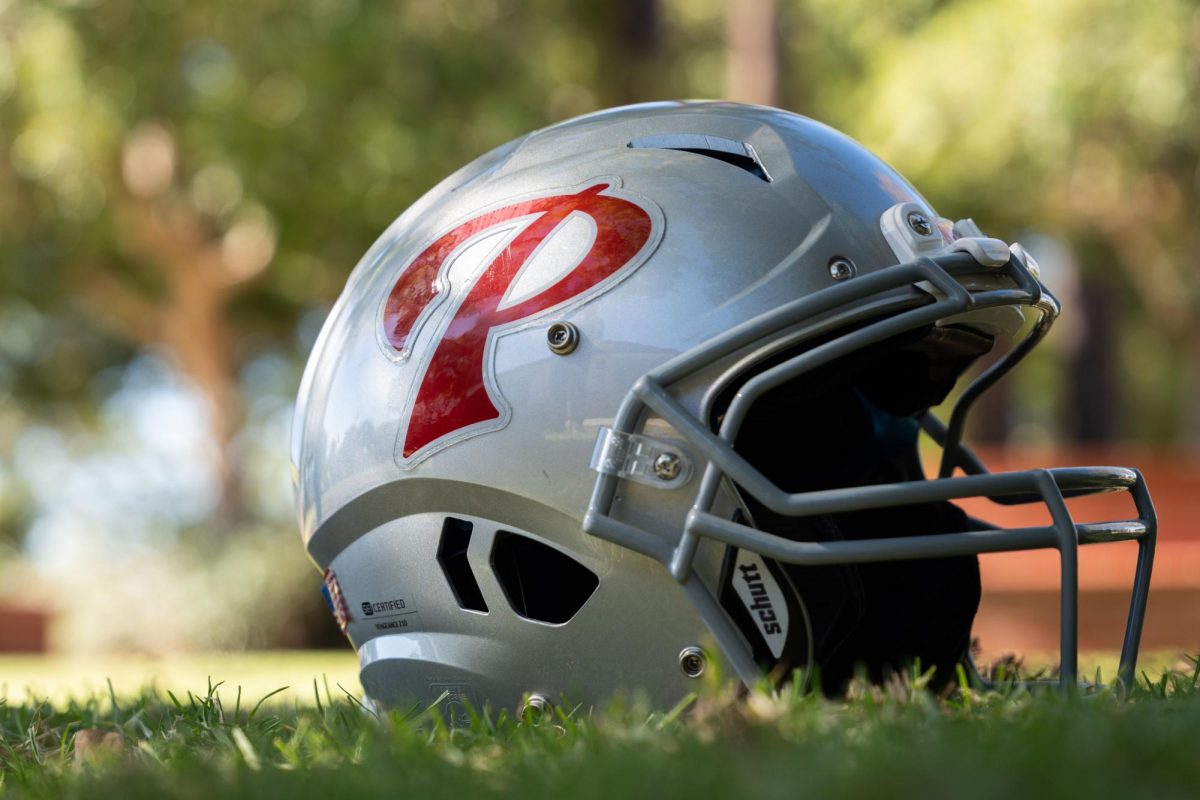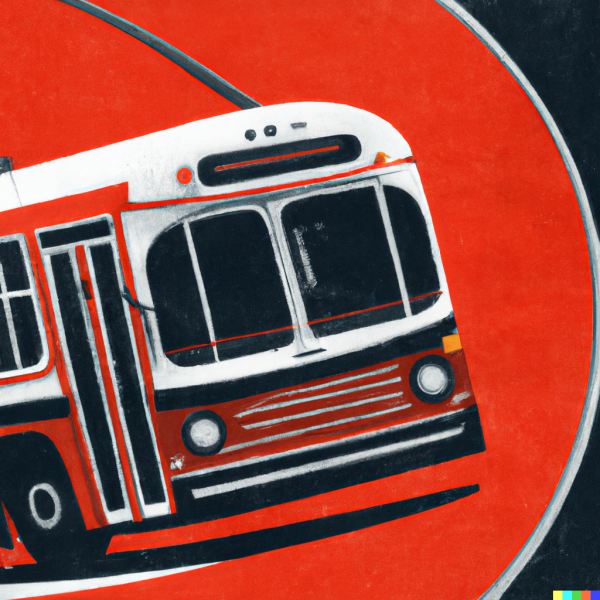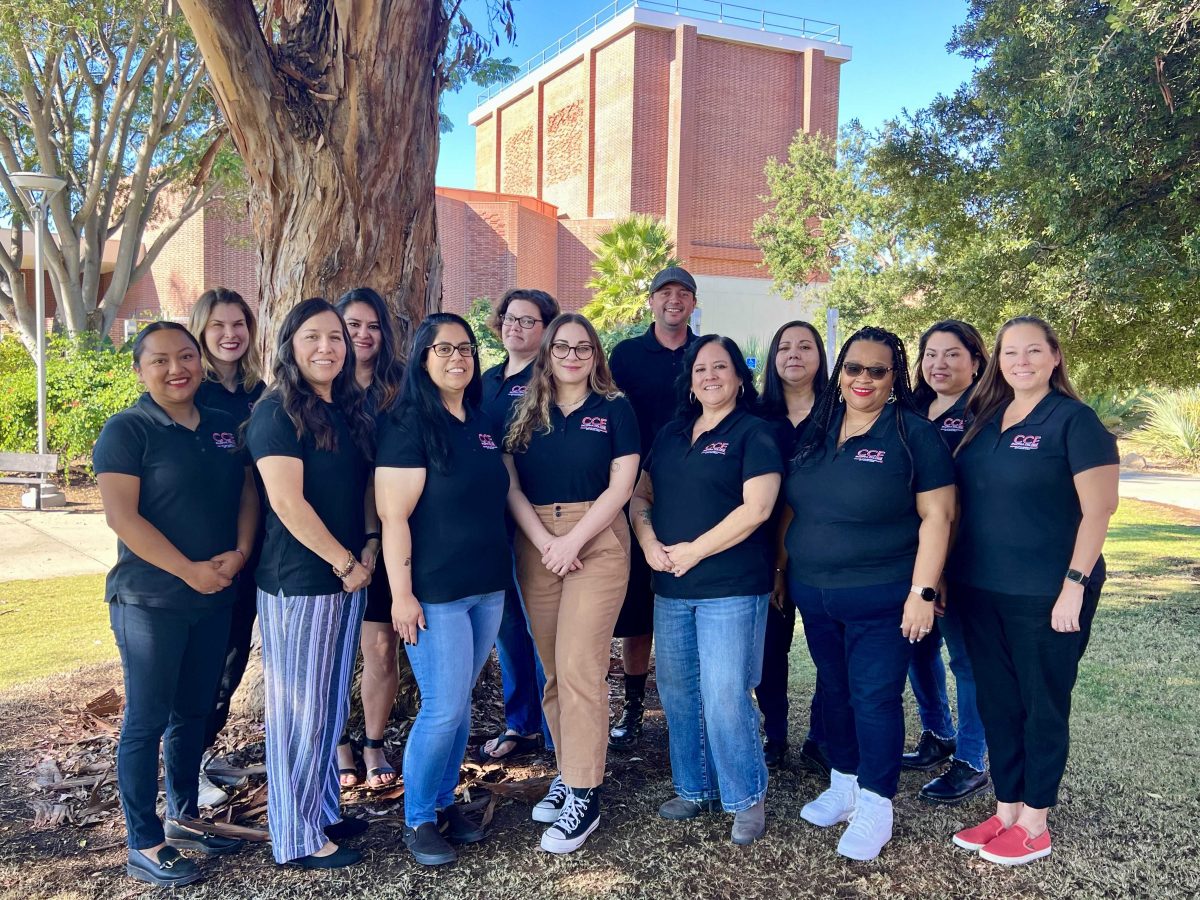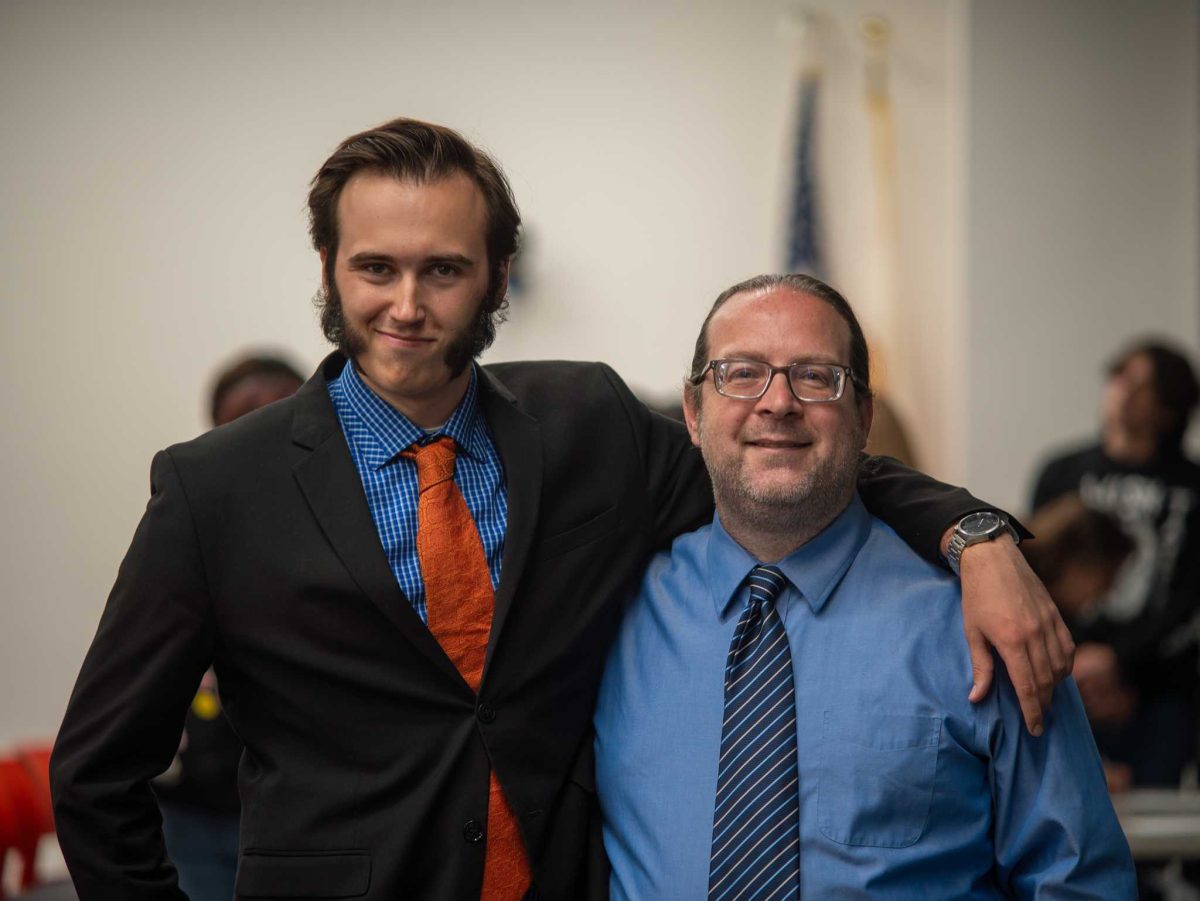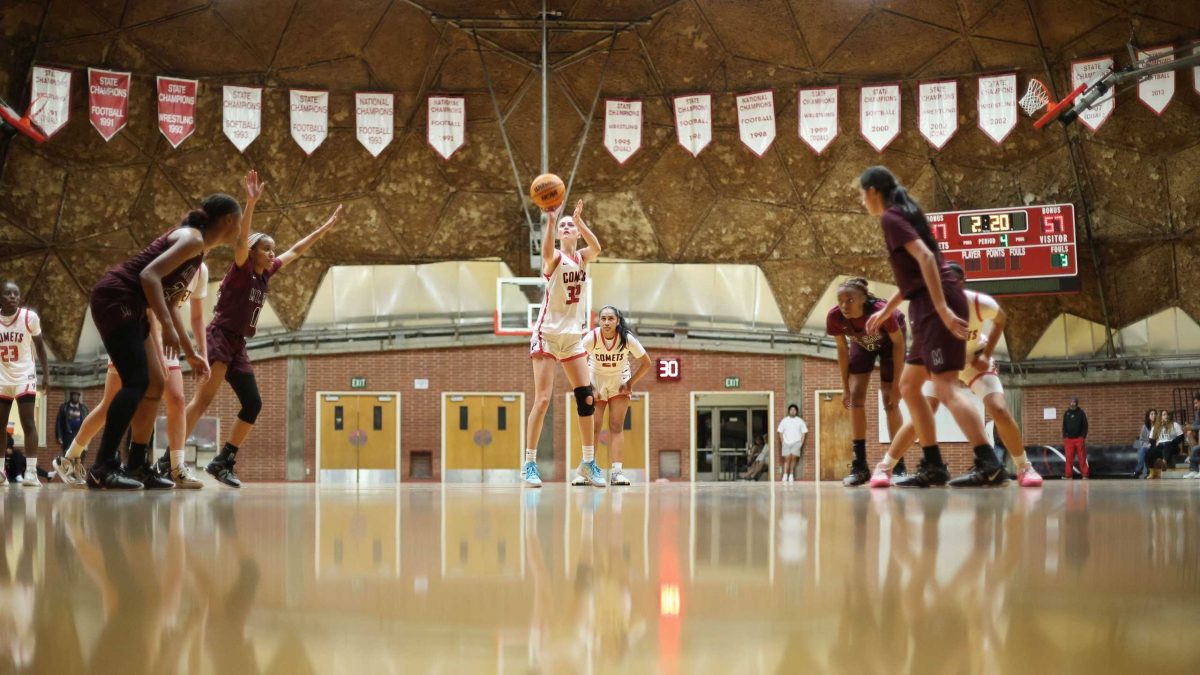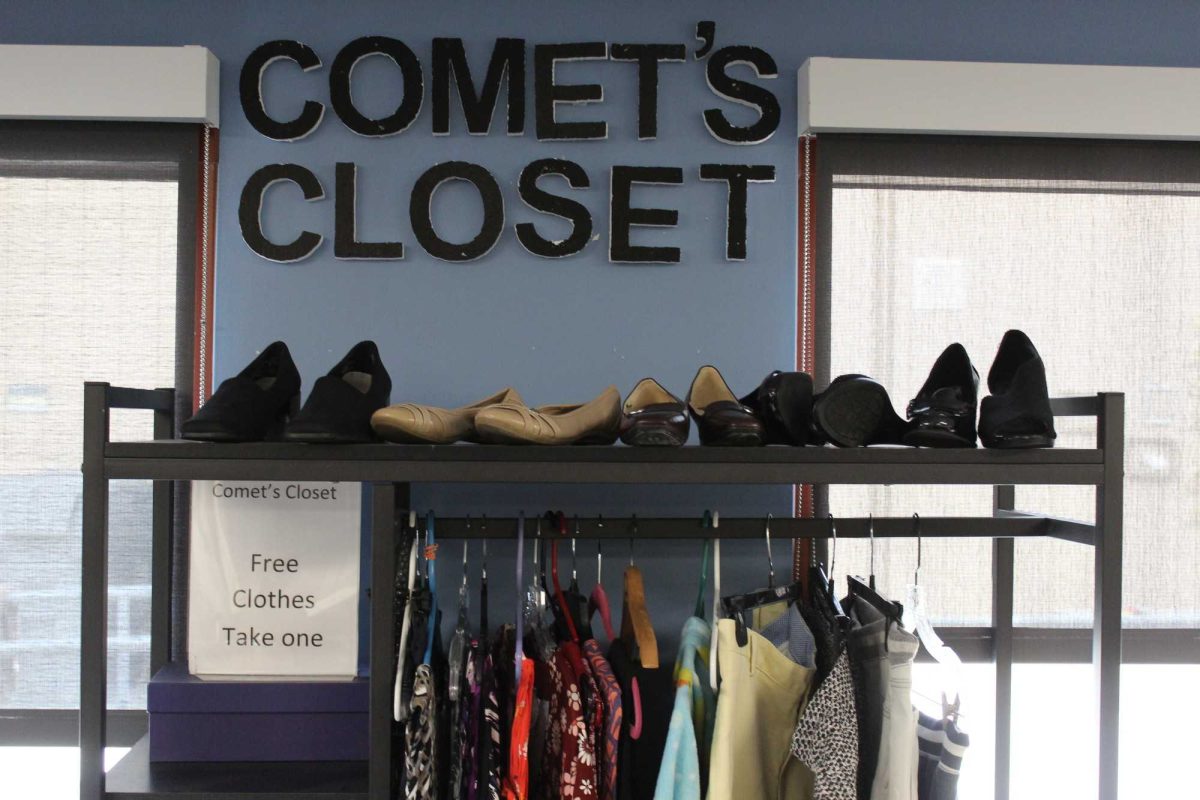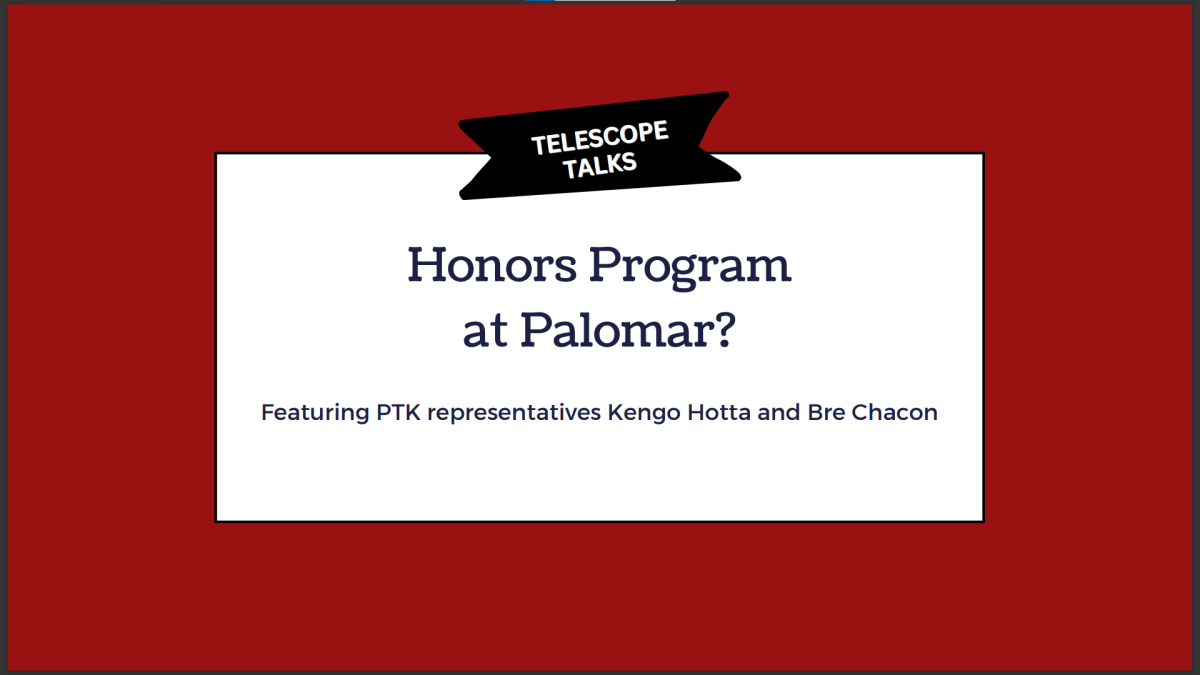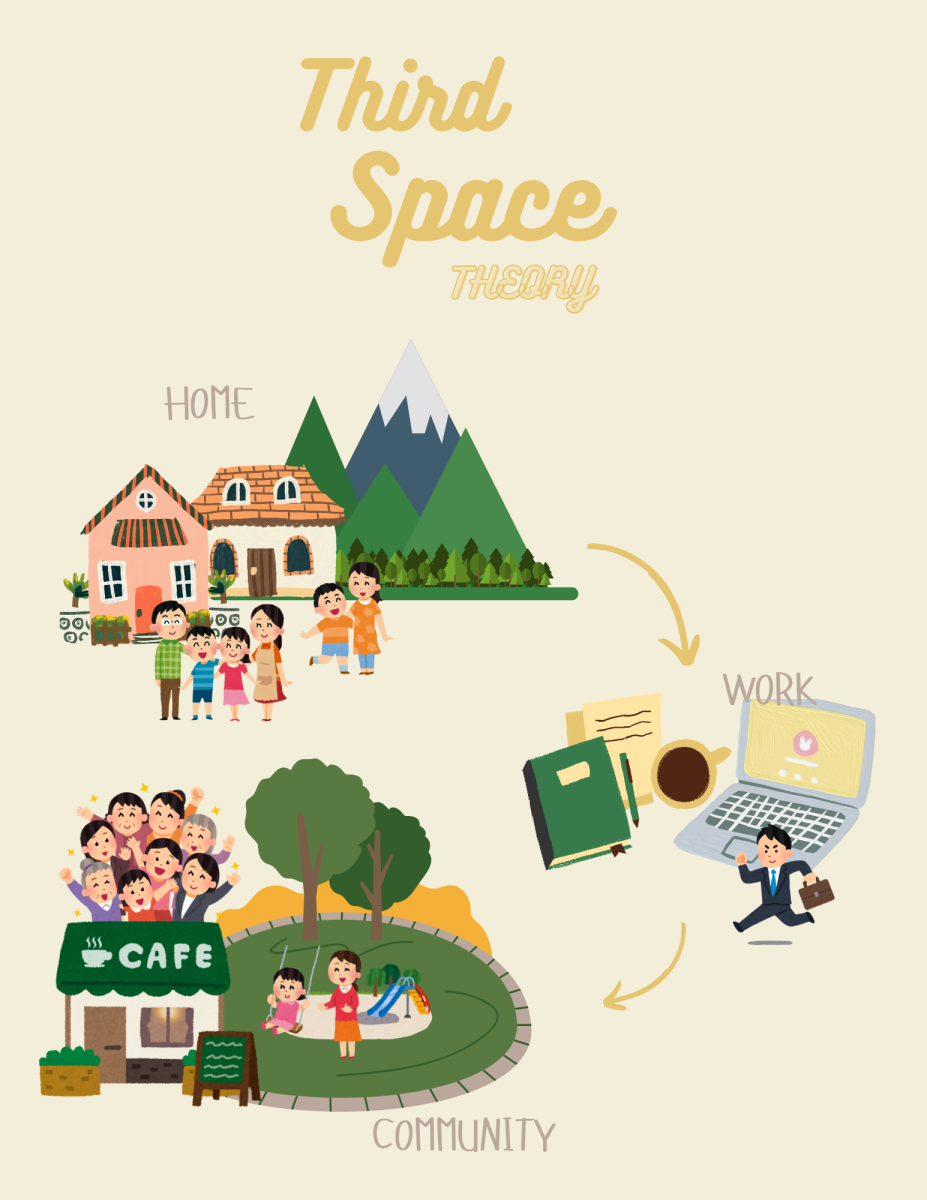Not everyone gets a car for their sixteenth birthday. Whether anyone should, is a matter for debate. For many of us poor folk, we rely on beaters, carpools, and the bus in order to get to work, school, and the doctor’s office.
North County is not a big metropolitan area. The frequency of buses and trains arriving and departing do not match that of LA Metro or Bay Area Rapid Transit. And if the endpoints of an itinerary originate in a more rural area of the county it could take over two hours to get to Palomar College.
But if a student lives in San Marcos, Vista, or Escondido, there is a bus or train option to get to class every ten to fifteen minutes. The stops will require a bit of walking and a passenger is limited by what they can carry, but with some planning, this is totally doable. LIFT buses are available for people with disabilities although these rides require reservations.
There are reduced-fare bus passes for adult students. The price is $57.60, instead of $72, with only I.D. and enrollment verification required. Weigh that against a car payment, insurance, and maintenance costs and it is a saving. Also, there are tolls, traffic, the effort in finding parking (paid or free), the ever-increasing cost of fuel, the risks of getting into an accident or breaking down, not to mention climate change.
Yes, the pros of having a personal vehicle are real. You can hop in the car and see where the road goes. You can go to the beach or to other towns. You can go on long road trips to national parks, museums, festivals, or family reunions. If a person has the resources, they typically will have a personal vehicle. Once again this is an example of the amount of money increasing the freedom one has. However, a person can have their own car and also utilize public transportation. There isn’t an either-or.
Cal State San Marcos student Ana Marie Hernandez said, “I honestly find it really helpful. The only bad side to it is that when it rains like the weather right now.” She also talked about delays. “We are not really notified unless we have the app. Not everyone knows about the app,” Hernandez explained, “It’s really easy for the students 18 and under because of the law that was passed.”
The Youth Opportunity Pass program which started on May 1, 2022, and is still in effect until Aug. 2023 allows youth under 18 to ride for free provided they use the PRONTO app or card. Otherwise, a cash fare is $1.25 for youth. Children under 5 are free with a paying adult.
Breeze passenger Pedro rides the bus every day. He complained about the cost and didn’t want to spend $72 all at once but $2.50 each time also adds up.
The public transportation in North County is serviceable. The lack of stops and routes might be solved if more people took public transportation. The availability of stops and routes are determined by how much they are used. But what if the free youth fare experiment were expanded to all passengers? Less carbon would be spewed out. The traffic would be lighter and the wear and tear on roads would be less. It would be even more of a public good.

